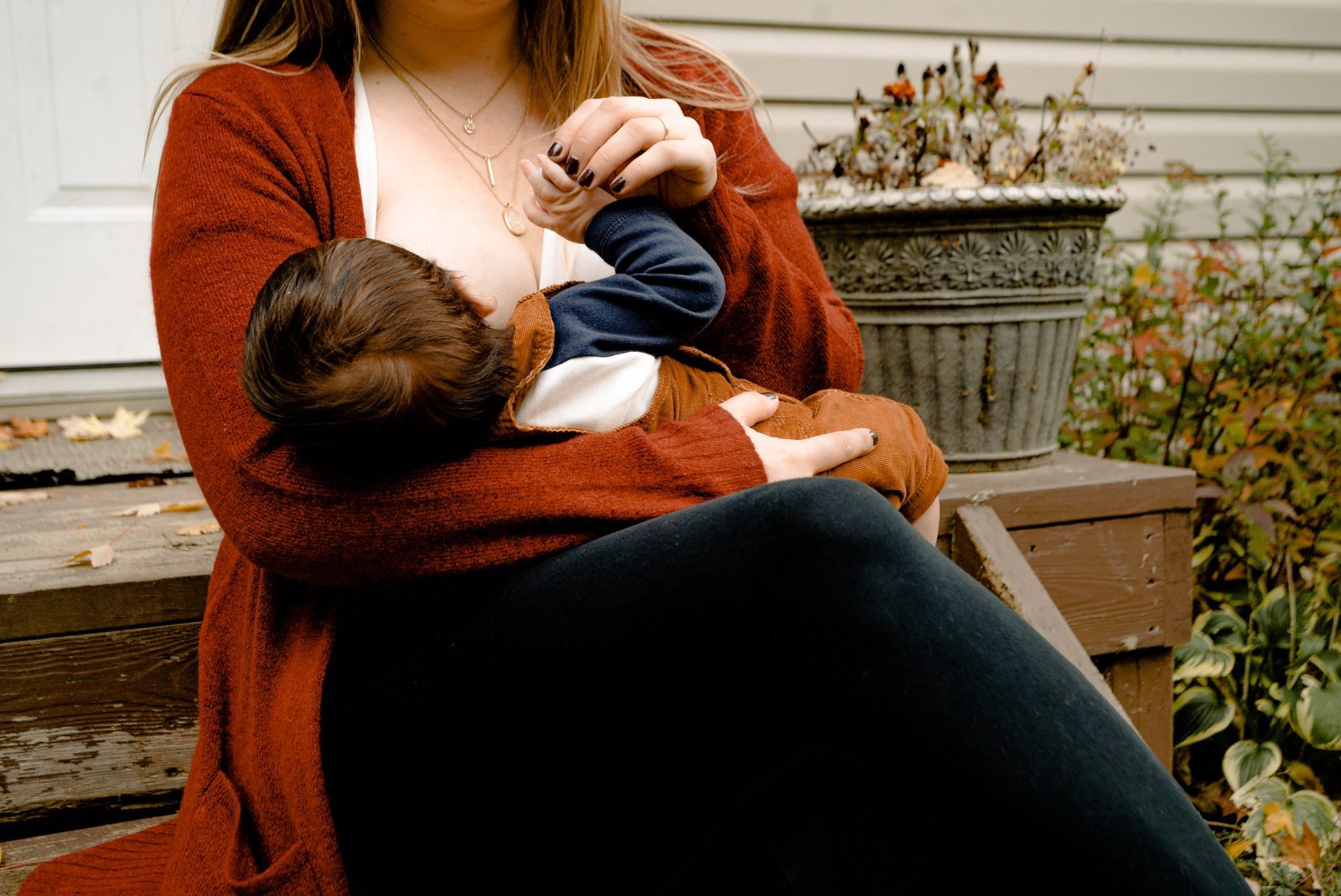Breastfeeding 101

August is World Breastfeeding Month. We are commemorating the occasion by providing you with the resources you need to meet your breastfeeding goals.
“If every child was breastfed within an hour of birth, given only breast milk for their first six months of life, and continued breastfeeding up to the age of two years, about 800,000 child lives would be saved every year.” (SOURCE: World Health Organization)
Local Resources from the Expert
By Carlotta Endsley, the Lactation Consultant at Wadley Regional Medical Center.
If you are expecting a baby and have not yet decided upon a feeding choice, I urge you to consider breastfeeding. Learn all you can about breastfeeding before the birth.
For a schedule of classes, go to www.wadleyhealth.com. Wadley has been a Texas 10 Step Hospital since 2005. That means we encourage and support breastfeeding – a commitment that Wadley and our Maternal Child staff take very seriously.
If you are a WIC client, they also provide classes, and the Bowie County Health Center WIC offers Breastfeeding Peer Counselors to assist new mothers.
I teach childbirth and breastfeeding classes at First Choice Pregnancy Resource Center.
The La Leche League is a breastfeeding support group that meets monthly. For more information, contact Georgia Berry at (870-653-3062).
For mothers who have extra milk, Mother’s Milk Bank of North Texas is available for breastmilk donations. Contact them at www.texasmilkbank.org.
Common Breastfeeding Myths BUSTED
My breasts feel empty.
I must not be making enough milk.
Breast “fullness” is not an accurate indication of how much milk you are producing. Your breasts will likely feel full when your milk comes in (around 3-4 days postpartum) or if you are going too long between feedings. Even if they feel empty, your breasts are programmed to respond to how often your baby nurses by producing more milk.
You shouldn’t nurse your baby if you are sick.
Continuing to breastfeed while you are ill is actually a great way to protect your baby from getting sick due to the immune-boosting benefits of breastmilk.
My baby is eating constantly.
I must not be making enough milk. Breastmilk is much easier to digest than formula, which means babies often get hungrier sooner and eat more often. Infants will usually eat more often during growth spurts, which occur around 7-10 days, 2-3 weeks, 4-6 weeks, 3 months, 4 months, 6 months and 9 months. Keep an eye on your baby’s wet and dirty diapers for a better indication of how much milk she is actually eating.
It is normal for breastfeeding to hurt.
Breastfeeding may be uncomfortable at first as your baby figures out how to latch properly and your breasts adjust to all of the physical contact, but pain after the first few days can indicate an incorrect latch or even tongue- or lip-tie. If you are experience pain while breastfeeding, contact a Lactation Consultant for support.
You can find out how much milk you are making by pumping.
Babies are much more efficient than breast pumps at extracting milk from mother’s breast, while many factors can influence how much milk you pump – including stress, breast pump fit and design, and environment. Use your baby’s wet and dirty diapers to tell you more accurately whether he is getting enough milk.
It is common for women not to produce enough milk.
Actually, it is more common for women to produce an abundance of milk rather than not enough. If your breastfed baby is not getting enough milk (best indicated by frequency of wet and dirty diapers), it could be a sign of a poor latch or another issue that can best be addressed by a visit with a Lactation Consultant.
Breastfeeding keeps the mother tied down.
Breastfeeding provides more flexibility than bottle-feeding because you have nothing to take with you, nothing to prepare, and nothing to clean (unless you are pumping, of course). As public breastfeeding becomes more mainstream, many businesses offer private and comfortable “nursing rooms” for mothers to use to feed their babies while in public. Many mothers also use covers to nurse whenever and wherever their babies are hungry.
Breast is Best: Reasons to Breastfeed
FOR BABY:
- fewer ear infections
- lower risk of SIDS
- easier to digest than formula
- improved immune system
- lower risk of asthma
- less influenza, upper respiratory
infections and pneumonia - reduced risk of childhood obesity
- reduced risk of childhood cancer
- less constipation
- reduced risk of diabetes
- less allergic eczema
- fewer urinary tract infections
- higher visual acuity
- improved facial muscle development
FOR MOM:
- promotes bonding
- reduced risk of breast cancer
- reduced risk of ovarian cancer
- reduced risk of postpartum hemorrhage
- free and easy to transport
- less waste from packaging


 Carlotta Endsley is the Lactation Consultant at Wadley Regional Medical Center. She is a registered nurse and International Board Certified Lactation Consultant.
Carlotta Endsley is the Lactation Consultant at Wadley Regional Medical Center. She is a registered nurse and International Board Certified Lactation Consultant.





